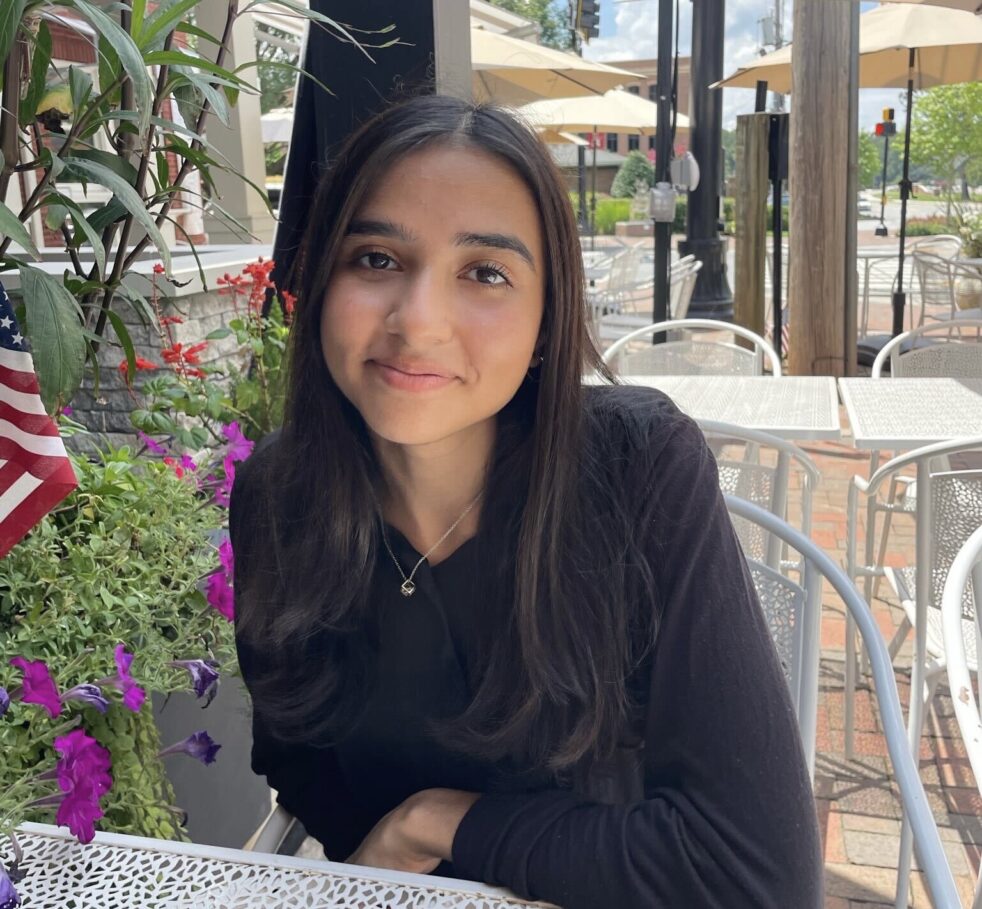The medical school application process is inaccessible to many talented college students; this can be attributed to its extensive, yet unclear timeline and convoluted caveats that leave students both discouraged and confused. The Association of American Medical Colleges (AAMC), the overarching body governing the medical school application process and graduate medical education selections, offers a centralized medical school application known as the American Medical College Application Service (AMCAS).
Generally, students hoping to attend medical school in the fall of a particular year must begin the process with AMCAS in May of the previous academic year. The medical school application includes a general primary application that is sent to all the medical schools an applicant wishes to attend. From there, there is an extensive verification process that has variable processing times, meaning that students’ applications go out to their chosen medical schools at different times. For an application process that adheres to the rolling admissions policy, this means that processing times can delay getting the secondary applications necessary to advance to the next stage of the application cycle. From there, interviews are offered by medical schools to candidates, with no set timeline as to when an applicant may receive an offer to interview and a final acceptance notice.
But getting to the application process itself requires a series of prerequisite courses, the Medical College Admission Test (MCAT), extracurricular activities, volunteering hours and clinical experience. Just the MCAT standard registration fee is upwards of $330, with a myriad of extra charges for cancellations and rescheduling. Test day represents the final culmination of months of rigorous preparation; many students resort to expensive preparatory courses in order to streamline their studying and gain access to insightful strategies regarding the MCAT. But all of these factors don’t account for students from low-income or first-generation households, who may not have the resources and finances to shoulder the burden of such expensive exams and preparatory courses.
Not to mention, medical schools look for clinical experience in their applicants. Clinical experience usually comes in the form of shadowing physicians at hospitals or clinics. Being able to shadow physicians requires social capital as it relates to previously knowing physicians who would be willing to take on a student mentee. Children of physicians often have this advantage over applicants who may come from first-generation or untraditional backgrounds. This creates an endless cycle of disadvantaged students not having the opportunities they need to get into medical school, along with perpetuating the idea of a homogenous workforce when it comes to the healthcare industry.
However, the expectations for getting into medical school often run into the idea of “holistic admission” that is increasingly becoming synonymous with “crapshoot.”
While I concede that it’s important to view each applicant as a person with their own story and students shouldn’t try to emulate a cookie-cutter expectation of the ideal candidate, there is zero standardization to the admissions criteria, which breeds both confusion and distrust
in the process itself.
The expedited seven-year BS/MD programs that many institutions have established where undergraduate students are conditionally accepted simultaneously to both the school’s BS and MD programs are examples of varying expectations for getting
into medical school.
BS/MD programs require students to maintain a baseline GPA, score within a certain percentile on the MCAT (some programs don’t even require students to take this test) and have a certain number of shadowing
and volunteer hours.
However, students coming from more traditional undergraduate backgrounds are expected to have spent multiple years conducting research, have near perfect GPAs and MCAT scores, participate in extracurricular activities, volunteer, gain clinical experience and maybe even pursue advanced degrees prior to applying to medical school.
Honestly, sometimes it feels like if a student hasn’t founded their own company by the age of 20, cured a rare disease in their undergraduate research lab and maintained a quirky set of hobbies on the side that makes them different from the rest of burnt-out and overworked candidates, then they should simply give up on their aspirations of becoming a physician.
All this is to say that the United States has a serious physician shortage issue and a more hidden physician burnout crisis.
In order to revitalize the healthcare industry and create a strong workforce, the medical admissions process needs to become more accessible to students from non-traditional backgrounds.
One of the primary ways to make the process more accessible is to increase transparency in the process and create concrete timelines that allow students to better plan for alternative options. With this, we can begin to address an issue that is multifaceted and deeply rooted in the healthcare system.
It’s important for the medical school application process to be rigorous and our nation’s physicians must be competent, but the current direction taken by the AMCAS disadvantages historically underrepresented students, while boosting those who come from privilege; a fervent paradigm shift is the only way forward in addressing these inequities.
